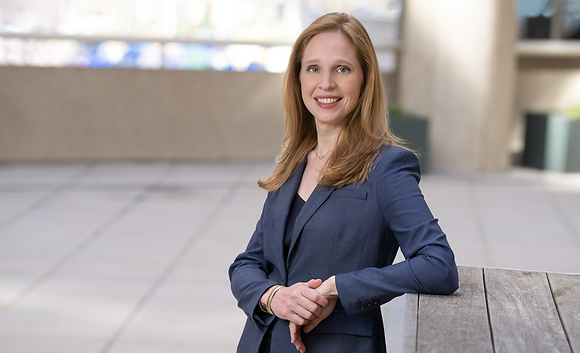Race-Conscious Affirmative Action Overturned: Implications for Nonprofits
Yesterday, in Students for Fair Admissions, Inc. v. President & Fellows of Harvard College and Students for Fair Admissions, Inc. v. University of North Carolina (“SFFA”),[1] the Supreme Court ruled, 6-3, that the use of race as a factor in the admissions decisions of Harvard and UNC was unconstitutional under the Equal Protection Clause of the United States Constitution and consequently also a violation of Title VI of the Civil Rights Act of 1964.
The Supreme Court has, in a series of cases dating back to 1978, recognized that universities can include race as a “plus” factor in admissions decisions as part of an appropriately crafted policy intended to improve the diversity of the institution’s student body. In yesterday’s decision, the Court rejected two admissions policies designed to comply with those precedents. Like the Dobbs decision last year,[2] the decision in SFFA reframed the legal landscape. Its impact will likely reverberate far beyond the college quad as opponents of race-conscious initiatives may apply its logic and analysis beyond the admission policies at higher education institutions, to which the opinion is limited. The Court’s rejection of the affirmative action programs at Harvard and UNC may, thus, cause some nonprofit organizations to reassess their race-conscious programs and perhaps even diversity, equity, and inclusion efforts in their workplaces.
The SCOTUS Decision
The constitutional challenges raised in SFFA were based on the theory that race-conscious admissions policies constitute unlawful discrimination against other people. Specifically, the plaintiffs in SFFA sought a Supreme Court ruling that overrules prior decisions that it was permissible for colleges to consider race as a factor in a holistic college admissions process in order to achieve a diverse student body.
The majority opinion, authored by Chief Justice Roberts, sets forth three reasons why the admissions programs at Harvard and UNC failed to meet the strict scrutiny required under the Equal Protection Clause. First, the universities failed to operate their admissions program in a way that allowed judicial review because the ends sought by the schools were neither “sufficiently coherent” nor clearly connected to the means, that is the affirmative action programs.[3] Second, the admissions programs failed to ensure that race is never a negative factor against an applicant (citing harm to Asian-American students) and that it does not operate as a stereotype.[4] Finally, the programs lacked a logical end point in violation of the requirement that race-based policies in college admissions must be temporary.[5]
By distinguishing the views of the dissenters, the majority opinion rejects the notion that remedying the effects of societal discrimination can serve as a compelling interest for supporting racial preferences. The majority opinion focuses on the Equal Protection Clause but states that the same reasoning extends to any evaluation under Title VI. Justice Gorsuch, in a concurring opinion, suggests the same should apply to claims of employment discrimination under Title VII, but this point is not made by the majority. These arguments may provide a basis for future challenges to activities beyond college admissions that may include racial preferences.
The Court did not completely eliminate the possibility that race might be considered in admissions decision, however, noting that an applicant might discuss things specific to them about race, such as their experience with racial discrimination, or how race has impacted their life otherwise. While the Court limits the scope in this way, it warns against using such discussions to achieve a de facto race-based policy. Instead, the opinion says, any benefits given to an applicant on the basis of their discussion of race must be tied to the applicant as an individual rather than as a member of a particular racial group.
Implications for Nonprofits
We cannot say with certainty today what this decision will mean, as a matter of law, for our clients and other nonprofit organizations over time. We do know, however, that concern about the societal issues that lie at the heart of the opinion influence and, in some cases, drive both the programs and internal operations of many of these organizations.
We stand by to assist nonprofit organizations as they work through the issues presented by this new legal landscape. For more information regarding this Alert, please contact the attorneys in Caplin & Drysdale’s Exempt Organizations Group.






